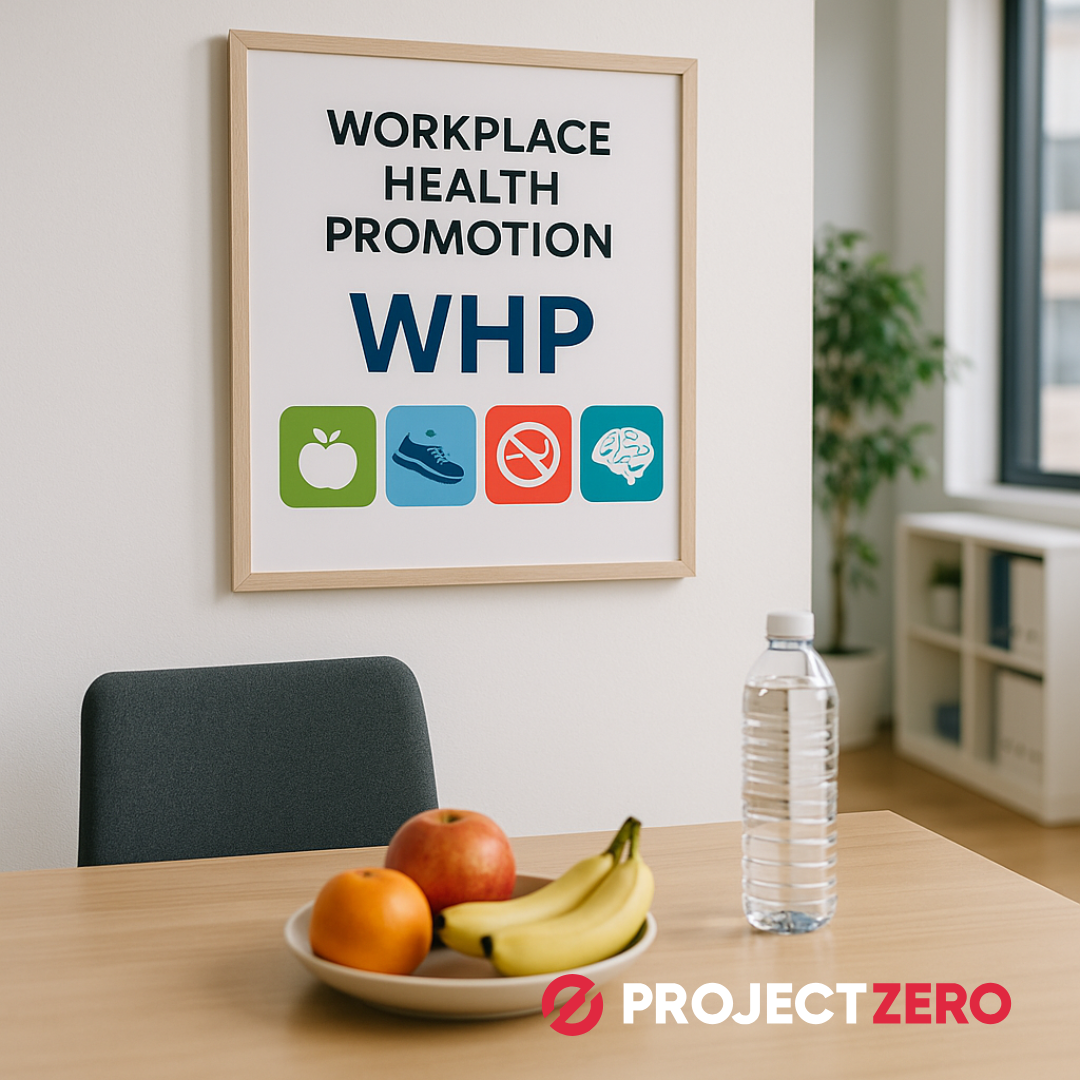
Promoting health in the workplace is no longer just an act of goodwill. With the arrival of the WHP Protocol (Workplace Health Promotion), health promotion officially becomes part of mandatory prevention measures, on par with fire extinguishers and PPE. For Italian SMEs, this means reducing chronic diseases, absenteeism, and accidents, while also safeguarding profitability and operational continuity.
From Motivational Posters to Certified WHP Protocol
In the past, corporate wellness initiatives were limited to motivational posters or occasional charity runs. The WHP Protocol has transformed this approach: it sets measurable goals for nutrition, physical activity, addiction support, and mental well-being, integrates them into the Plan-Do-Check-Act cycle, and includes periodic audits by third parties. Health thus becomes a certified procedure and an integral part of HSE management systems.
The Italian Context: Lombardy and Lazio Leading the Way
The initiative began in Lombardy with the Workplaces that Promote Health network, which today involves hundreds of companies, an operational manual, and an online platform for data submission.
In 2024, the Lazio Region also published a WHP Handbook, adapting the WHO model to local realities with the support of INAIL, trade unions, and employer associations. Other regions are following, while at the national level discussions are underway to include WHP indicators in requirements for INAIL insurance premium reductions.
Why SMEs Should Adopt the WHP Protocol Now
Many small and medium-sized enterprises fear bureaucracy, but the benefits are tangible:
- 20% reduction in absenteeism within the first year.
- Higher productivity thanks to more energetic employees.
- Fewer operational errors in high-risk sectors such as metalworking and food.
- Access to insurance discounts through WHP certification.
Implementing the WHP Protocol Without Adding Complexity
Implementation can be simple:
- Appoint an internal coordinator (often the HSE manager).
- Collect baseline data on canteens, absences, minor accidents, and sedentary levels.
- Define a realistic goal (e.g., reducing sugar in canteen meals by 10% or launching addiction support programs).
- Monitor results quarterly and update actions accordingly.
The entire plan can fit into just a few pages and align with existing risk assessment tools.
Costs, Incentives, and ROI
Adopting the WHP Protocol does not require heavy investments:
- minor interventions in canteens and training,
- a few hours of staff training,
- free digital platforms provided by regional health authorities.
The ROI is fast: in less than two years, savings from reduced absenteeism, lower insurance premiums, and increased efficiency outweigh the costs.
What to Expect in the Coming Years
The Ministry of Health is considering linking corporate legality ratings to WHP indicators. Moreover, new European directives on mental health will further expand the scope of the protocol. Companies adopting now will gain a competitive advantage, be better positioned for tenders, and more attractive to clients who require ESG and social sustainability criteria.
Conclusion
The WHP Protocol is not a luxury for multinationals but a strategic investment for Italian SMEs. It means protecting workers’ health, strengthening operational continuity, and enhancing corporate reputation.
Starting today turns health into a real competitive asset.
👉 If you want to understand how to apply the WHP Protocol in your company with a simple and effective approach, ProjectZero can guide you through every step of the process.
